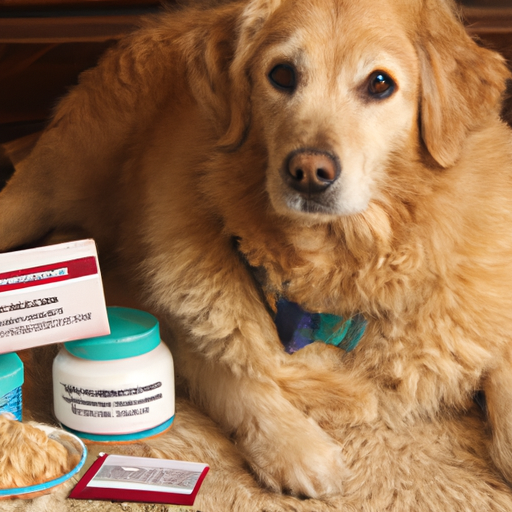Introduction
As a caregiver, you have a unique role in your pet’s life. You feed them, play with them, and take care of them when they’re not feeling well. It’s a bond that only grows stronger over time. But what happens when your four-legged friend is diagnosed with diabetes? It can be a challenging time, but with the right knowledge and resources, you can manage your dog’s diabetes effectively.
Understanding Canine Diabetes
Just like in humans, diabetes in dogs involves the inability to produce or properly use insulin – a hormone that converts food into energy for the body. There are two types:
- Type 1: The body doesn’t produce enough insulin.
- Type 2: The body doesn’t respond to insulin properly.
While Type 1 is more common in dogs, both can lead to high blood sugar levels and other complications if not managed properly.
Recognizing the Symptoms
Recognizing the symptoms of diabetes in your dog is the first step towards diagnosis and management. Some common signs include:
- Increased thirst and urination
- Weight loss despite regular eating
- Increased appetite
- Lethargy
- Cloudy eyes (in dogs with diabetes)
If you notice these symptoms, it’s important to take your dog to the vet for a check-up.
Diagnosis and Treatment
Your vet will conduct a series of tests to diagnose diabetes. This typically includes blood tests and urinalysis that check for high glucose levels.
Once diagnosed, your dog will need daily insulin injections. The type and dosage will depend on your dog’s specific needs.
| Type of Insulin | Duration |
|---|---|
| Short-acting | 1-3 hours |
| Intermediate-acting | 12-18 hours |
| Long-acting | 20-24 hours |
It’s daunting at first, but you’ll quickly learn how to administer these injections and monitor your dog’s blood sugar.
Diet and Exercise
A healthy diet and regular exercise play a crucial role in managing your dog’s diabetes. Your vet will likely recommend a diet high in fiber and low in fat. This helps slow the entrance of glucose into the bloodstream and control blood sugar levels.
Regular exercise is equally important. It helps to:
- Maintain a healthy weight
- Increase insulin sensitivity
- Lower blood glucose levels
Just like in humans, consistency is key. Try to keep your dog’s diet and exercise routine as consistent as possible.
Monitoring and Management
Monitoring your dog’s condition is an essential part of management. This includes regular vet check-ups and at-home monitoring of symptoms and blood sugar levels.
You may also need to adjust the insulin dosage over time, based on your dog’s response to treatment. Always consult your vet before making any changes to the medication routine.
Coping and Support
Dealing with a dog with diabetes can be difficult, both emotionally and practically. But remember, you’re not alone.
- Join online forums or local support groups for pet owners dealing with similar issues.
- Reach out to your vet or a pet healthcare professional for advice and support.
- Take care of your own mental and emotional well-being.
FAQs on Dog Diabetes
Q: Can dogs live a normal life with diabetes?
A: Yes, with proper management, dogs with diabetes can lead a healthy and active life.
Q: What should I feed my diabetic dog?
A: A diet high in fiber and low in fat is typically recommended. However, the specific diet may vary depending on your dog’s overall health and needs.
Q: How often does my dog need insulin injections?
A: Most dogs require insulin injections twice a day, but the exact dosage and frequency will depend on your dog’s specific needs.
Q: Can diabetes in dogs be cured?
A: While there’s no cure for diabetes, it can be managed effectively with the right treatment and lifestyle changes.
Remember, as a caregiver, your love and support can make a big difference in your dog’s life. With knowledge, patience, and the right resources, you can help your dog navigate through diabetes and enjoy a happy, healthy life.



